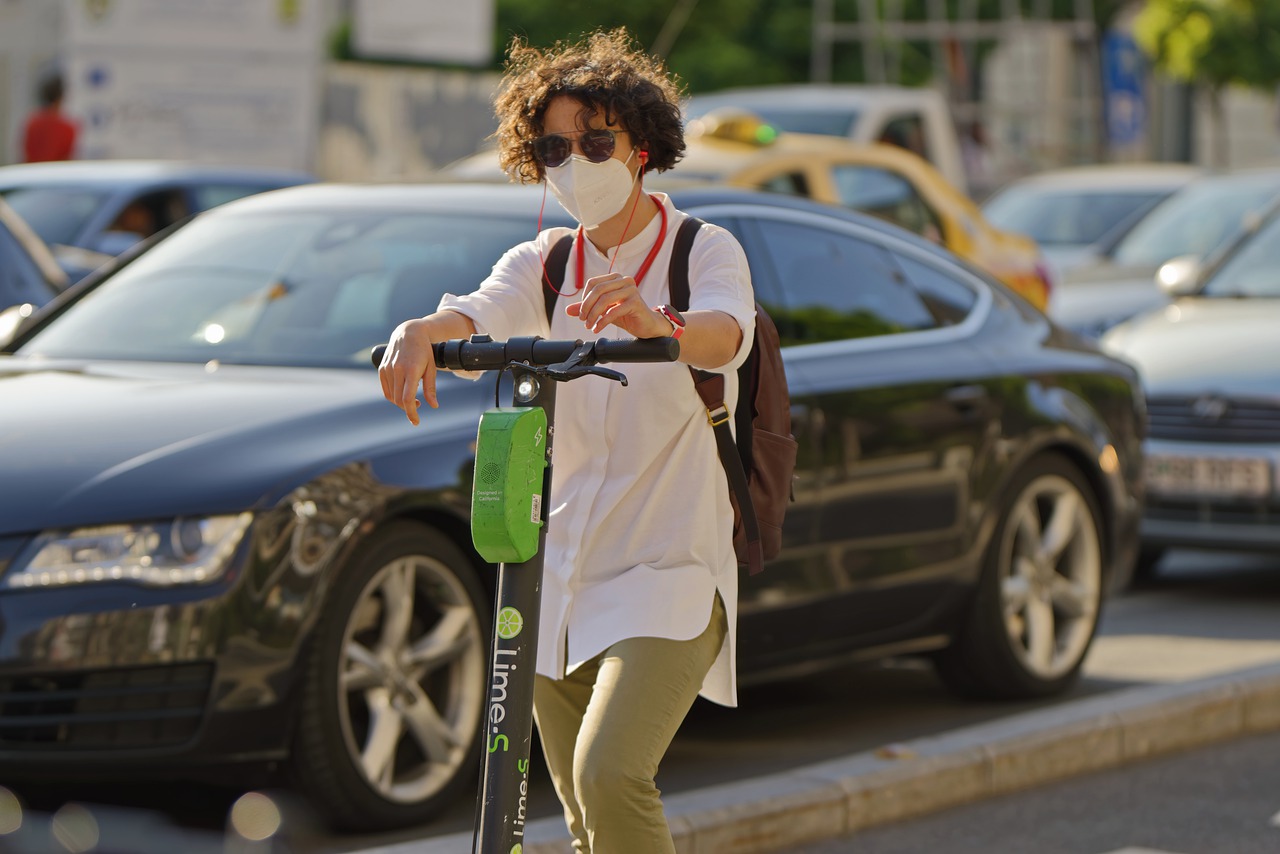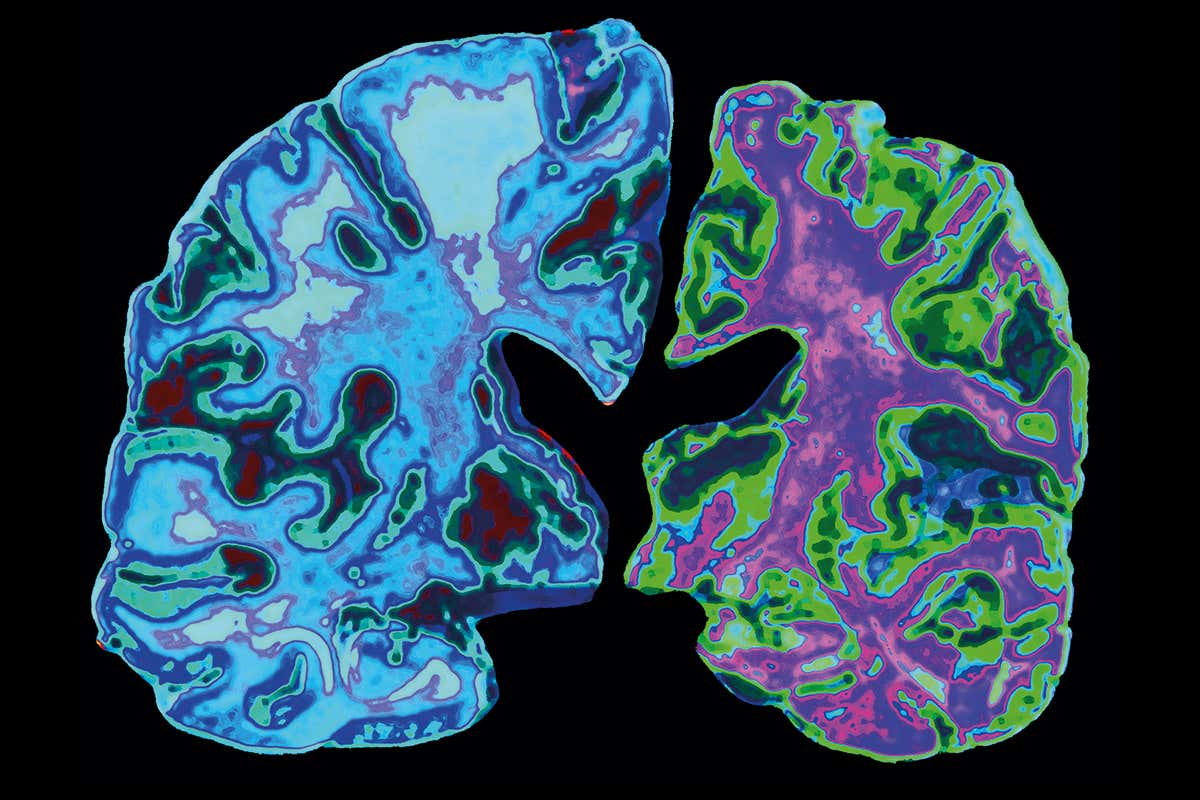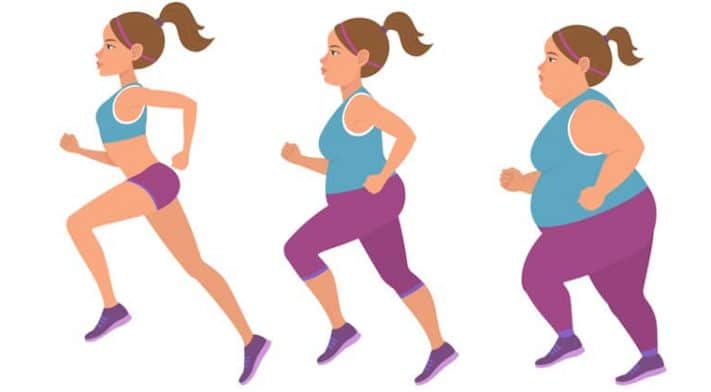Since the start of June, there have been several changes in the global coronavirus pandemic trends including the higher prevalence of the infection in younger people between the ages of eighteen and thirty-four in comparison with before. In addition, the coronavirus is also noted to have become more severe, thereby leading to an increased number of deaths.
According to infectious disease experts, there can be a number of reasons contributing to the change in the patterns of the health crisis. The first and the most major contributor so far has been the end of the lockdown, which was imposed in March.
With the lifting of coronavirus-related restrictions on businesses and educational institutes, many people started heading outdoors more often. The majority of such people were older adults either going to work, school, or simply spending time with friends in clubs, bars, and restaurants.
Most of the countries which reopened educational institutes after controlling coronavirus transmission rates to an extent had to close them once again due to a tremendous increase in outbreaks, especially among younger adults.
In the US, a number of counties in different states and cities have even re-imposed restrictions on businesses, specifically bars and clubs since the transmission rates were highest among such public places among all others.
Regardless of all the preventive measures discussed or imposed to control rising coronavirus cases in younger people, the number remains very high.
According to experts, the primary reason for this is that young adults simply tend to go out more often than any age group and occupy most of the public spaces. On the other hand, children and older adults have spent the least amount of time outdoors since the beginning of the pandemic.
RELATED: New Study Reports Threefold Increase In Depressive Episodes During Coronavirus Pandemic
In fact, children and older adults are likely to stay in or be kept inside due to the fear of contracting the coronavirus. Young adults assume that since they generally are not considered to be at a high risk of infection, they can go out even with insufficient protection.
The lack of awareness in younger adults is mainly responsible for increasing cases of severe coronavirus infection. Statistically, about twenty percent of the young patients of the infection need intensive care to recover properly.
In addition, ten percent also need ventilators or other mechanical support for many days for survival and around three percent do not recover and lose their lives even though they did not have any existing medical condition and were young.
Out of all the younger people, those from marginalized communities and minorities are at a comparatively higher risk of developing a severe form of the infection and generally have higher mortality rates.
Secondly, obesity is, by far, the most common condition linked to severe coronavirus infection in young adults since the condition causes lung disinfection and a complication called disseminated intravascular coagulation.
Being healthy does not guarantee protection from the coronavirus or a speedy recovery without any complications and intensive care.
Therefore, the U.S. Centre for Disease Control and Prevention suggests people from all age groups follow all guidelines strictly as long as the threat of the virus has not been controlled completely.


